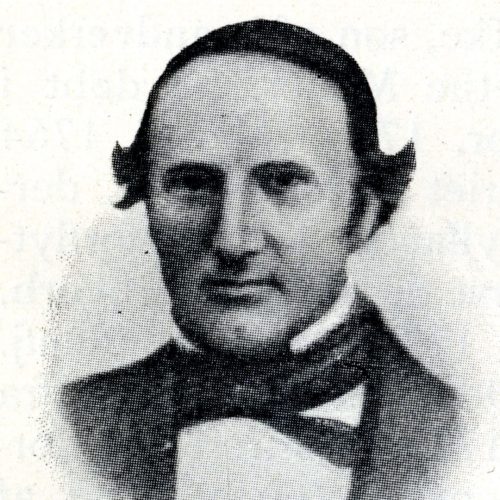Ove Guldberg Høegh (1814-1863)
Høegh was Norway’s first Chief Medical Officer for Leprosy, and he took the initiative to establish the National Leprosy Registry of Norway.

Høegh was born in Grue and passed the medical exam in 1840. He was a district medical officer in Lofoten and Vesterålen before coming to the Reitgjerdet leprosy hospital in Trondheim in 1854 as the first Chief Medical Officer for Leprosy. The workload was so great, however, that the position was divided into two districts from 1858 until Høegh’s death in 1863.
Ove Guldberg Høegh initiated and was the first person to manage the national counts, which would later be known as the Leprosy Registry. This extensive collection of information about everyone with leprosy intended to provide a reliable overview of the prevalence of the disease, but Høegh also saw it as a means of clarifying the cause of the disease.
Høegh disagreed with the prevailing theory that leprosy was a hereditary disease and believed that clinical and pathological anatomical studies alone could not provide a definitive answer as to the cause of the disease. On the other hand, processing the collected data could provide answers.
Høegh introduced epidemiological thinking into the research on leprosy, which proved hugely important. When Armauer Hansen argued that leprosy was an infectious disease, he was able to demonstrate from analyses of the data that the biggest decline in the number of new cases occurred where the isolation of patients had been most strictly observed.
As Chief Medical Officer, Høegh supplemented and organised the data submitted by all district doctors. This was extensive work, and the locally registered data required a great deal of follow-up during the first few years.



